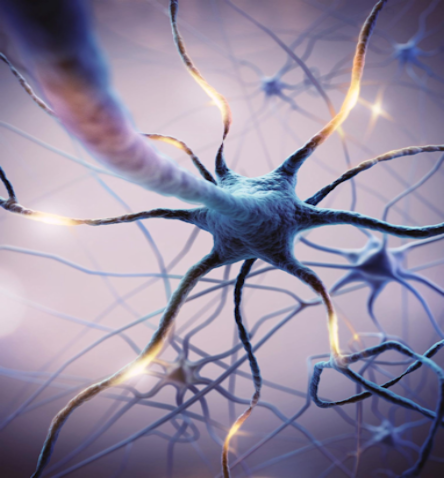Transcranial Magnetic Stimulation (TMS)
TMS is a completely non-invasive treatment that has shown very strong efficacy in treating depression, OCD, Anxiety, and Smoking Cessation, among other conditions.
The technology uses focused, magnetic fields to stimulate targeted parts of your brain to stimulate new connections over a series of brief sessions in our clinic.


Introduction to TMS Therapy
Transcranial Magnetic Stimulation (TMS) was first approved by the U.S. Food and Drug Administration (FDA) in 2008 for the treatment of major depression that is resistant to traditional treatments such as antidepressant medication and psychotherapy. Since then, the technology has been studied for treatment of OCD, Anxiety, Smoking Cessation and other conditions. Of all our neuroplastic therapies, TMS may have the longest-lasting relief from symptoms of depression.
TMS therapy is provided through use of magnetic coils that are laid on top of the head to generate magnetic pulses at targeted regions of the brain. Each session takes at less than 30 minutes, is designed to be painless, and has minimal side effects. Unlike our other neuroplastic therapies, patients can immediately drive home afterwards, and return to their daily routine.
TMS for depression is covered by most major insurance payors. Coverage for treatment of OCD is developing and check with your insurance plan.
What to Expect
Intake & Evaluation
Patients meet with a medical provider for an intake evaluation to determine whether TMS therapy is an appropriate treatment and to assess any relevant risk factors that may prevent eligibility.
Treatment
After an initial mapping session with a medical provider, TMS treatment involves daily sessions over four to six weeks. Each session lasts less than 30 minutes and is performed in one of our clinics. Treatment sessions for OCD typically take 30-40 minutes.
The effect of TMS can take about 2 weeks for small changes to occur and usually begins after week 4.
Maintenance
Maintenance TMS sessions are typically scheduled after the initial treatment course is complete and can last from a few months to a year, depending on the patient’s response and needs. Repeated clinical outcome measurements help determine the need for additional TMS sessions or other treatment modifications.
